
Hey hey, Grandpa AYA! I saw the bitter gourd tendril floating in the air—it looked like it was swimming!

Heh heh, you’ve got a sharp eye. That’s called a tendril. It sways in the breeze, looking for something to grab onto.

Wow, so it’s not just growing randomly? Why does it curl up like a spring then?

Well now, let’s find out the secrets of those tendrils. I bet our balcony teacher—Mr. Bitter Gourd—can show us a thing or two.
🍃The Observation Diary Begins on the Balcony
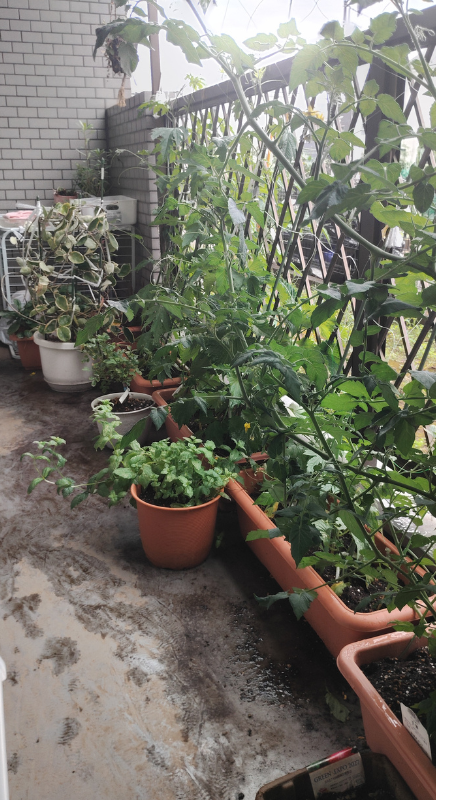
On my small apartment balcony in Tokyo, I started growing bitter gourds again this year. They make a nice green curtain for summer and yield tasty fruits. But what really caught my eye this time was something unexpected—the mysterious movement of their tendrils.
One day, I noticed a slender tendril drifting in midair. The next day, it was coiled tightly around a support. How did it find something to grab onto?
🌱Where Are the Tendrils Going?
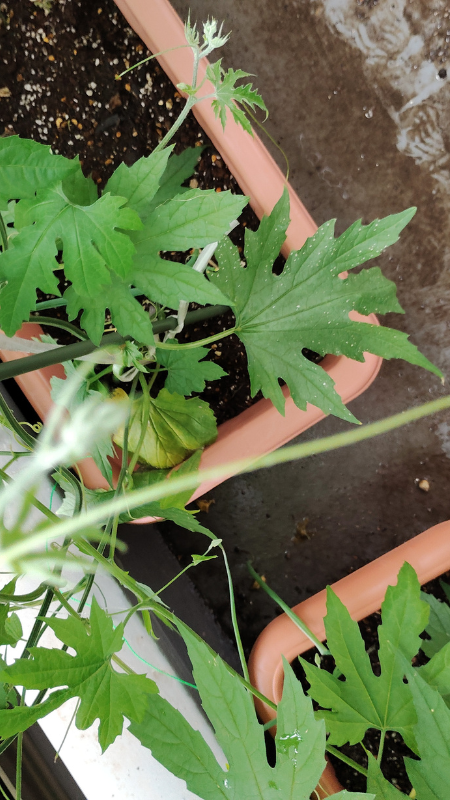
As I observed each morning during watering, I saw the tendrils stretch in different directions—as if searching for a helping hand.
This is a phenomenon known as thigmotropism—a plant’s response to touch.
The tip of the bitter gourd’s tendril is incredibly sensitive. When it brushes against something like a stake or netting, it triggers a reaction that makes it start curling.
What happens inside is equally fascinating. The plant hormone auxin plays a key role: when the tendril touches something, the auxin concentration on that side decreases, slowing growth there. Meanwhile, the opposite side continues to grow—causing the tendril to bend and wrap around the object.
It’s almost as if the plant says, “I found something!” and hugs it tight.
🍀Why Tendrils Coil Like Springs
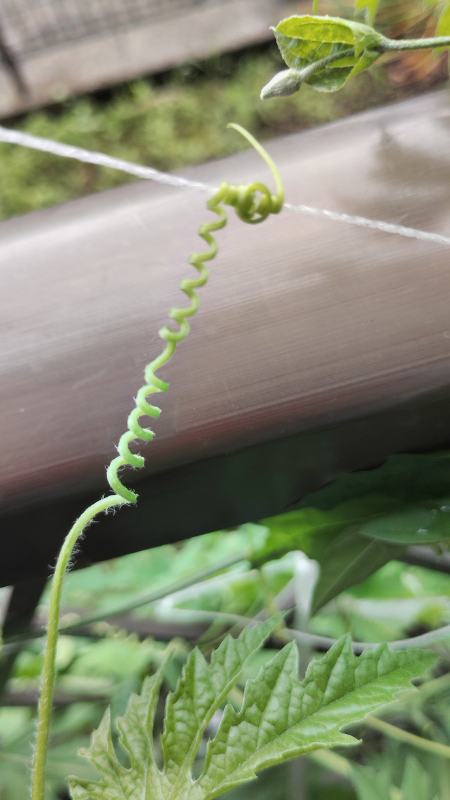
Look closely at a coiled tendril. It’s not just wrapping around—it’s forming a spiral, almost like a spring or corkscrew.
This spiral serves a critical purpose: it pulls the main stem closer to the support, helping the plant stay upright and stable.
But that’s not all.
This spring-like coil can stretch and contract, acting like a built-in shock absorber. When the wind blows or the plant becomes heavy with leaves and fruit, the tendril flexes instead of snapping. It’s a self-adjusting safety mechanism built by nature.
🔄The Curious Case of Changing Spiral Direction
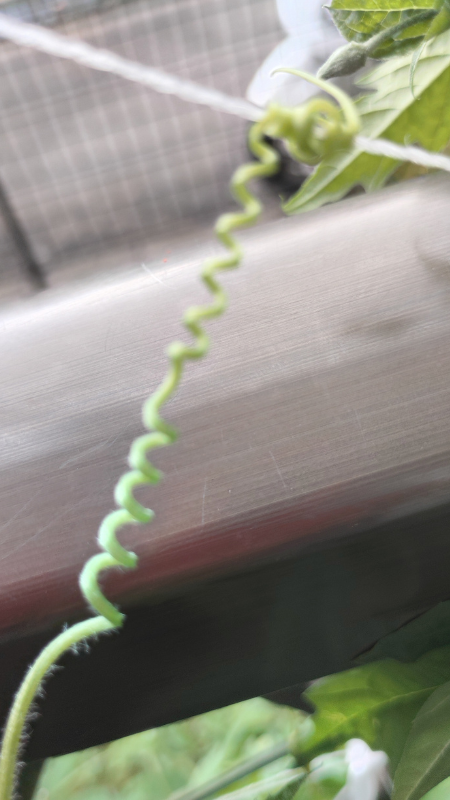
Here’s something even more intriguing: some tendrils switch their spiral direction mid-way. They may start curling to the right, then suddenly reverse and twist left.
Why? It’s not random. Reversing the spiral direction helps evenly distribute the tension, keeping the whole plant more stable.
It’s a small detail with a big impact—proof that even the simplest-looking structures are finely tuned by nature.
🍃Silent Drama in the Balcony Garden
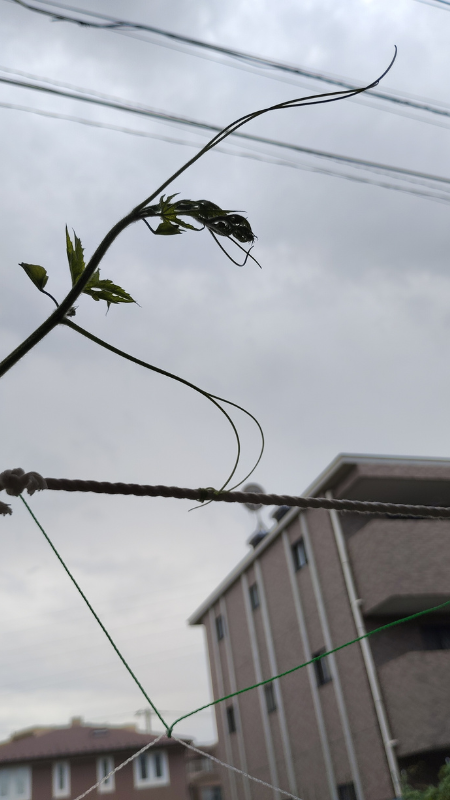
At first glance, the green curtain on your balcony may seem calm and still.
But look closer, and you’ll find a silent yet powerful drama playing out. Each tendril carefully reaches, touches, curls, pulls, and adapts—all in slow motion.
These are not just vines growing—they are living engineers, supporting, adjusting, and surviving.
When you see it that way, your balcony turns into a mini natural science lab.
And the humble bitter gourd becomes your patient and surprising teacher.


